What is CBN (Cannabinol)? How does the natural byproduct of THC work?
The Cannigma
MARCH 7, 2022
Of course, this plant is now known to be marijuana (or Type I cannabis), which is still commonly used for sleep and analgesia today. A 2012 study in rats compared the effects of CBD, CBG, and CBN on food consumption and showed that unlike the others, CBN increased feeding. CBD actually decreased feeding, while CBG had no effect.

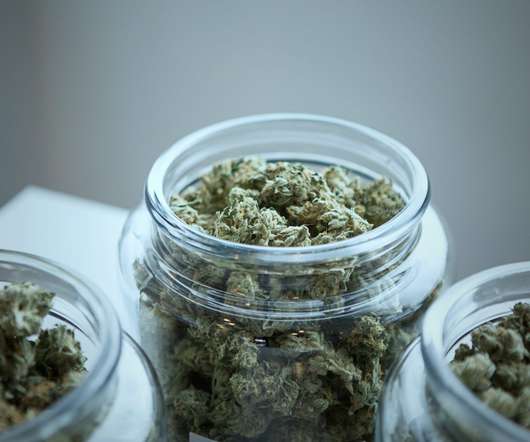
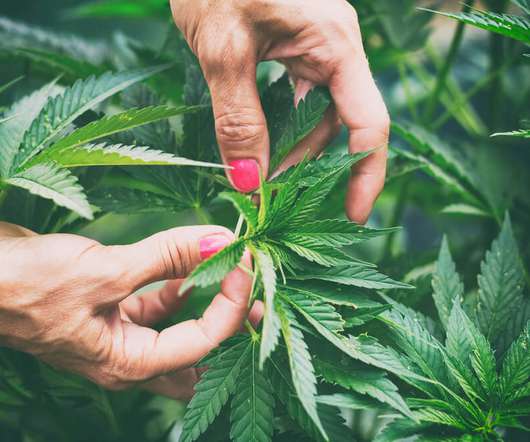


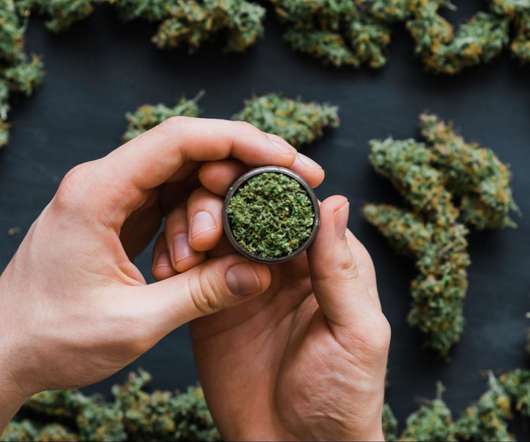
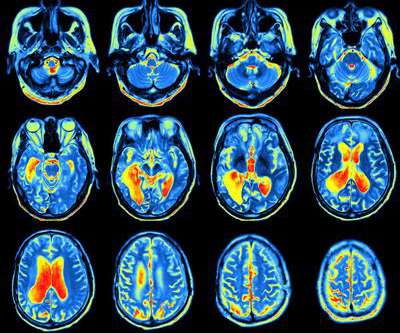
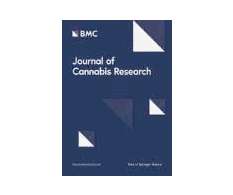






Let's personalize your content